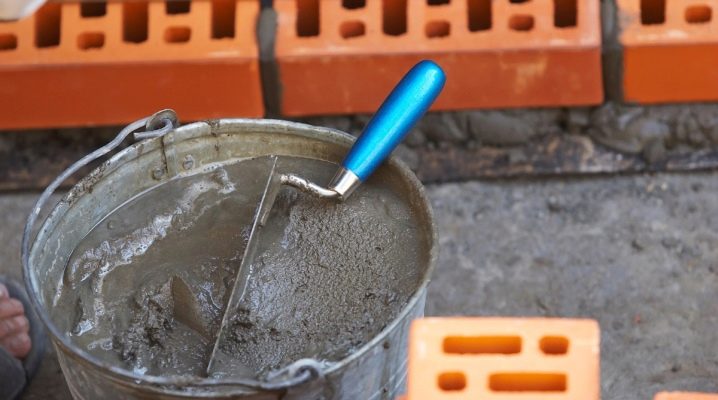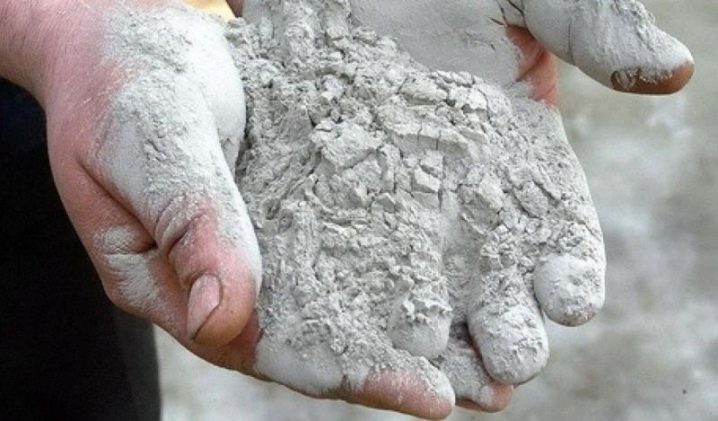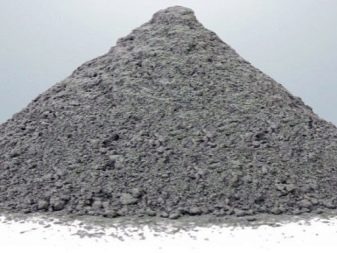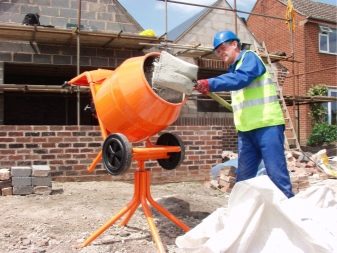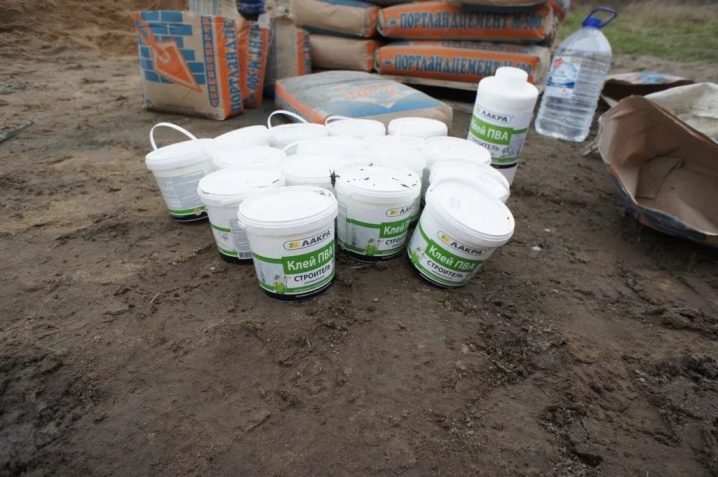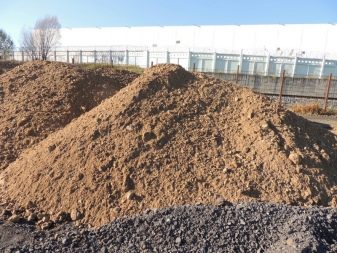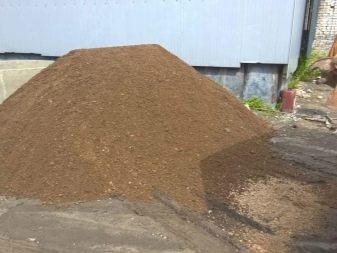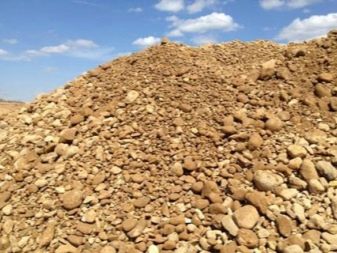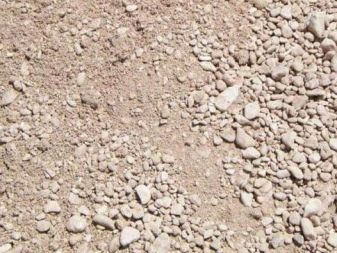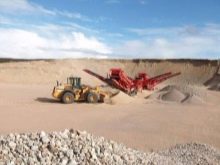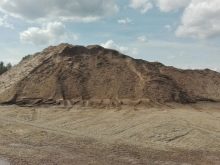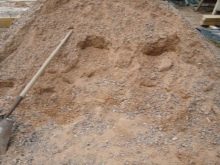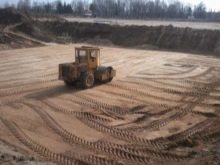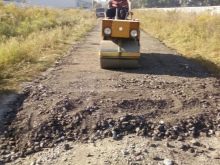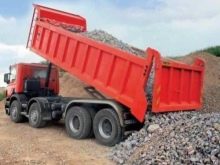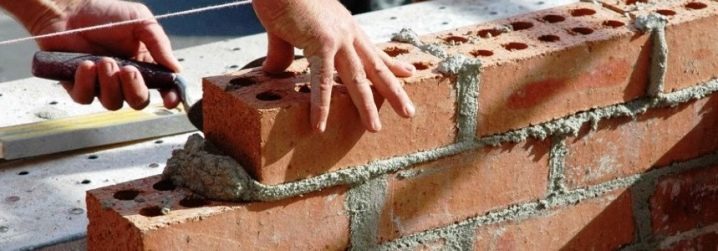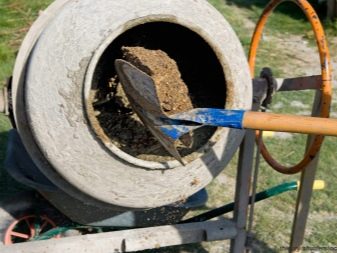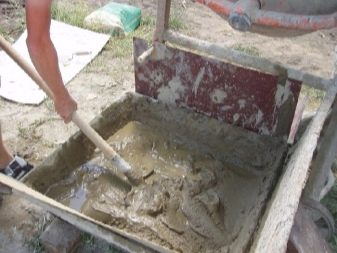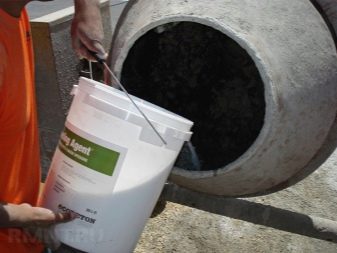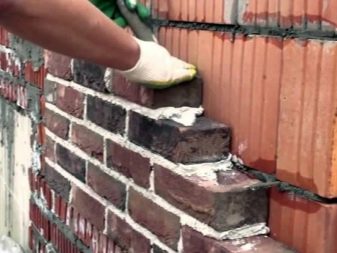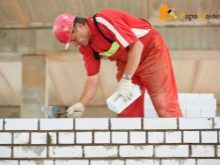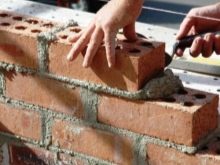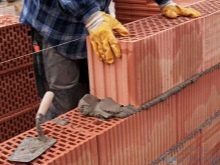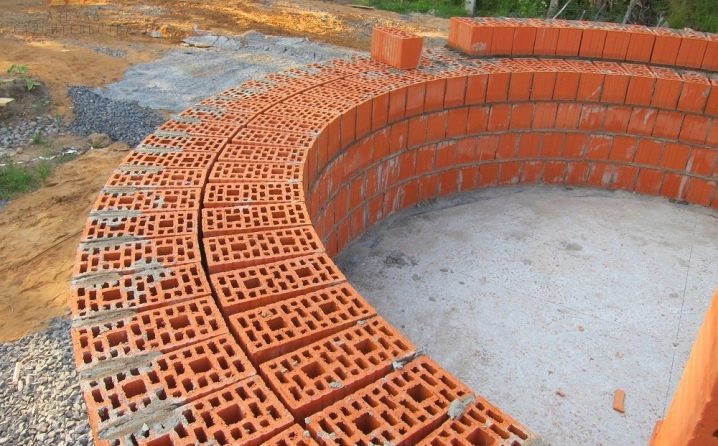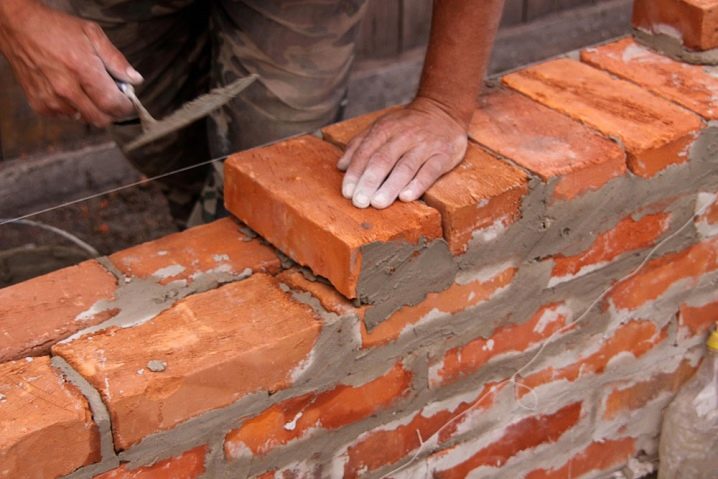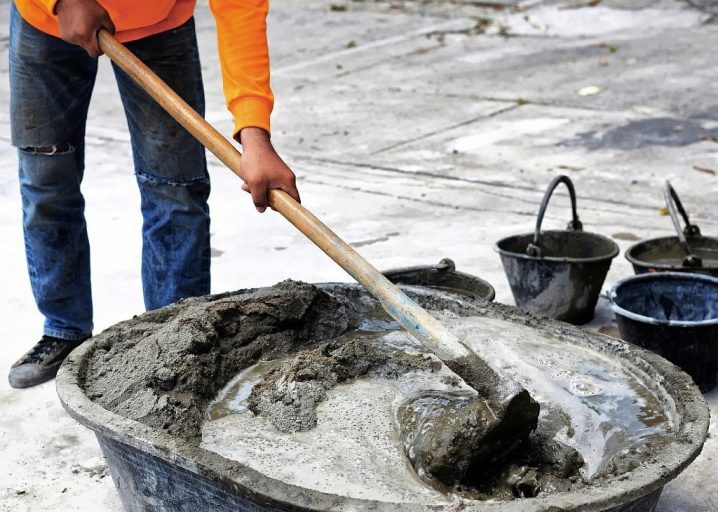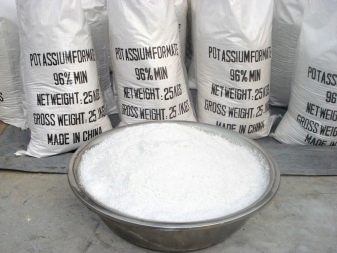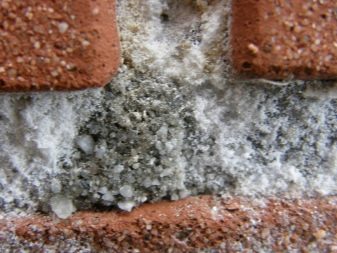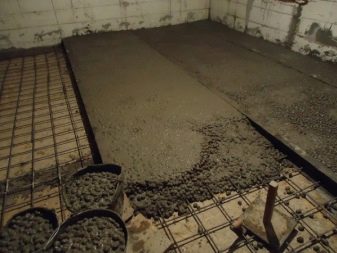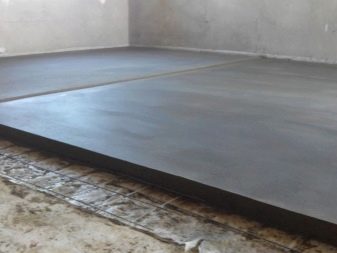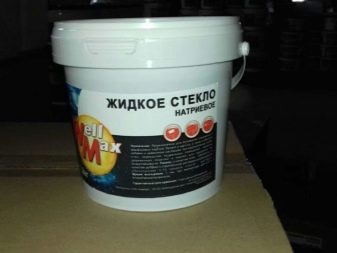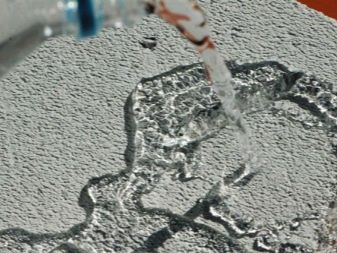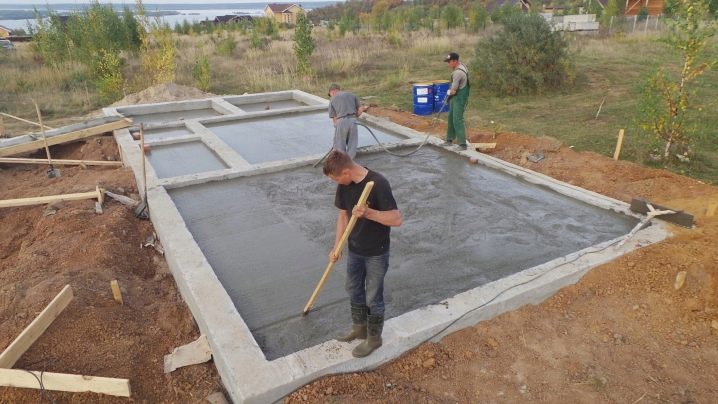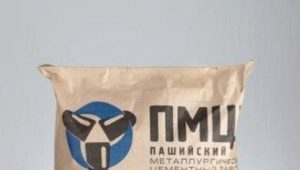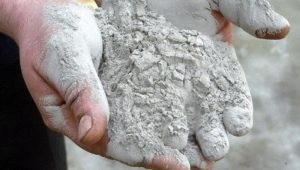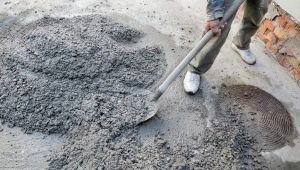Cement consumption per 1 cube of solution
Cement is a building material with the importance of which little competes. It is used in the manufacture of dry mixes, building materials, pouring the foundation. But when we take it, do we know its consumption? But this is very important.
Special features
To begin with, we will examine the subtleties and unusual features of the solution and its components. Let's start with the main component - cement. In its primary form, this building material is represented by an astringent mineral powder. When it is mixed with water, it becomes viscous and becomes dark gray. Another obvious feature of cement is that it quickly hardens in air. The preparation of the powder itself takes place by grinding the clinker and adding to it gypsum and various types of minerals.
To obtain a quality solution, it is necessary to observe not only the proportions of cement, but also all other materials.otherwise, the future of this or that construction is called into question.
Before proceeding to the analysis of the cement consumption per 1 cube of solution, we should deal with the types and brands of mixtures that each of us may encounter.
Types and brands of mixtures
Information on the brands of concrete and their scope is presented in the following table:
Concrete Marking | Using |
M100 | Material that is used for preparatory activities. |
M150 | It has sufficient strength parameters suitable for solving various kinds of construction tasks. |
M200 | The option is more suitable for pouring the base. |
M300 | Concrete of a wide range for which the high indicator of durability is characteristic. |
M400 | A material with averages. Mostly used for the construction of hydraulic structures. |
M500 | According to the specifications, this material is used for the construction of skyscrapers, bridges, underground structures. |
Wood concrete (M5-M100) | In this table, it has the lowest strength. It is possible to make elements for low-rise, industrial and agricultural buildings from wood concrete. |
But if it is necessary to give the solution more plasticity and elasticity, then PVA glue should be added to it.It is an aqueous emulsion of vinyl acetate polymer with special additives that will contribute to such unusual qualities of the mixture.
ASG
Among the huge amount of materials in the construction market, one of the highest places is occupied by a gravel-sand mixture (CBC). After all, it surpasses all other rocks in terms of production volumes and scope. From this material it is possible to prepare high quality concrete.
The composition of the ASG
If you ask any person about its composition, he will answer you without much thought that it consists of sand and gravel. And he will be absolutely right. In addition to the main above-mentioned components, the mixture also includes clay lumps (not more than 1%) and dust inclusions (not more than 5%).
Types of ASG
- Sea view. The composition is homogeneous and has practically no foreign inclusions. Differs rounded shape. Almost does not contain clay particles.
- Mountain and ravine view. Characterized by the acute-angular shape of the particles. Contains the remains of the parent breed.
- Lake-river view. It has quite a lot of similarities with the sea view, but if you select features, then in the lake-river much more foreign debris and organic substances, such as silt and the like.
Scope of ASG
The scope of this mixture is quite high.It can be used to level the construction site, when backfilling trenches and trenches, or even when laying communications.
If you want to get a fairly high strength and which over time will not shrink, even with a large load, then you should pay attention to the ratio of main components: 30% gravel and 70% sand.
Consumption rate
First of all it is necessary to know how concrete will be used and for what. If it is necessary to obtain a solution of high quality and strength, then you should follow a clear technology. Also, the consumption per 1 m3 largely depends on the concrete brand itself. It is for this reason that you should know for what purposes it will be used.
The process of preparing a solution can be made much easier by buying cement in bags that go 50 kg each. This way you make it easier for you to calculate. The most important is the construction of brick structures, so we consider some of the subtleties associated with this masonry.
Ways to mix
For the quality of the masonry is responsible not only what indicators has a brick, which is used, but also directly the method of preparation of the mixture itself.Consider the most popular and effective ways to prepare cement mortar:
- The most popular recipe is the solution to which it is added. sand and cement. It is quite durable, but when preparing it, you must clearly observe the proportions: even the slightest deviation from the norm can result in the formation of a large number of cracks.
- Solution lime based (lime). Its advantage lies in its high plasticity. The disadvantages include the fact that it is not waterproof, so if you intend to use it on the outside of the structure, be prepared for the fact that it will simply be washed away by rain.
- The next view is called mixed. And this is exactly the case when they took all the best and combined them. It has excellent strength combined with good ductility.
- Solution with cement at the base and additives in the form of plasticizers. This composition is characterized by improved qualities of the previous type, that is, a mixed solution. And due to the presence of plasticizers, it is much easier and faster to work with it.
But what factors depends on the consumption of cement per 1 m2 of masonry bricks? Below are the most important of them:
- The choice of a worker. This factor plays one of the most important roles. After all, how much mortar will be used for its intended purpose, and how much will go to the scrap, and how smoothly the brick will depend on its skill level.
- Brick. He plays an important role. For example, for a hollow brick material will go much more than for full-bodied.
- And, of course, this is the thickness of the seam. This value must be between 10 and 12 mm.
Let us consider in more detail the consumption of cement composition depending on the type of brick used. So, when applying a mixture on a solid brick base, this parameter will have the following values:
- if the laying is carried out in a half-brick (width -12 cm), then the flow rate will be 0.19 m3;
- when installing in one brick, 0.22 m3 of mortar is required;
- with a wall width of 38 cm, approximately 0.234 m3 of the composition will be required for quality application.
In the case of a solid brick flow parameters will be different:
- 0.160 m3 of cement mix will be expended when laying in half-brick;
- if the application is carried out on a foundation of one stone, a solution of 0.200 m3 is required;
- when laying brick and a half, the consumption will increase to 0.216 m3.
Now let's go directly to the standards of cooking. And for this, below is a table indicating the brand and the ratio of all the components included.
Brand of concrete | Mass composition Cement: Sand: Crushed stone, kg | Amount of concrete from 10 liters of cement, l |
M100 | 1: 4,7: 7 | 78 |
M150 | 1: 3,5: 5,7 | 64 |
M200 | 1: 2,8: 4,8 | 54 |
M300 | 1: 1,9: 3,7 | 41 |
M400 | 1: 1,2: 2,7 | 31 |
When the work itself begins, you must first cope with dry materials, and only then proceed to the addition of liquid (water and other fillers). This is done to ensure that the solution is homogeneous and does not contain lumps. Also, to avoid adverse results, you need to mix everything carefully.
Do not make too much cement mortar. After all, do not forget that the mixture very quickly freezes in the air. Of course, if you want to save your time and energy, you can go to the store and get everything ready, but it all depends on whether you can afford it.
And now a small digression for those who work with solutions in cold seasons. Many are faced with the fact that when all the norms were met and the preparatory work was carried out, the structure of the composition was still violated.The fact is that the water used for the kneading froze and broke the entire structure. Therefore, to avoid such adverse effects, salt or other antifreeze additives are added to the solution.
We have analyzed all aspects related to work, but there are still a lot of useful tips that can make your work not only simpler, but also qualitative, and maybe even financially not too expensive.
Tips and tricks
The most important thing is to find out if the solution is well prepared. To do this, you can resort to a straightforward method: on the lined surface, you must write a few letters or numbers. If they do not swim or, conversely, do not crumble inside, then this means that the solution is prepared correctly and can be applied to the surface.
There is another important tip: if your floor is irregular in shape, a screed will help you. It is a floor covering mixture. In the case of ties, it is possible to increase the parameters of the floor and make it more heat-intensive with the help of expanded clay concrete, which includes expanded clay. The advantage of this type of mortar is that this type of concrete can be easily made at home.
Did you know that cement can be used not only as a building material, but also as an anti-rust agent? If you add 2-3 tablespoons of cement to a half-liter of milk and mix thoroughly, all that remains is to apply it to the surface of the metal, and everything is ready. Even with the addition of milk will be spilled, which can seal up all the small cracks.
The fact that liquid glass is added to concrete can be quite interesting and equally useful. Adding this unusual component increases moisture resistance, heat resistance, elasticity, and some resistance to abrasion is acquired.
It will be important to mention how much cement mortar dries at all and whether it is possible to speed up this process. The indicators are influenced by quite a few factors: air humidity, temperature of the environment in which everything is located, types and brands of the cement itself, and the like. On average, a design is completely considered ready from 28–35 days after the start of pouring. But there are ways and speed up the process of readiness. For this purpose, heating wires, special mats and more.
If all the proportions of breeding are exactly observed, then a high-quality and durable foundation is obtained, the construction on which will last more than a dozen years.
How to calculate the amount of cement, see the next video.
